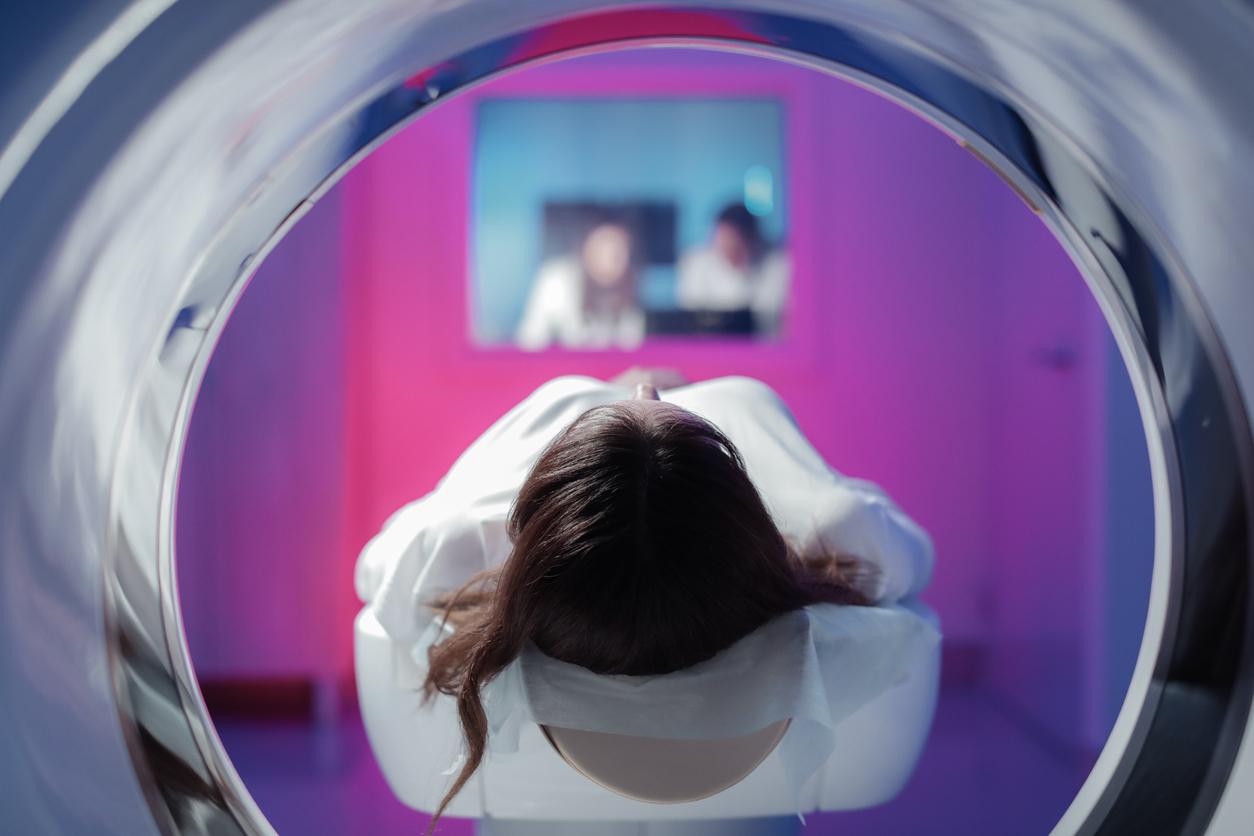A few months before the end of the cancer plan, a report from the DGS and the Inca stresses that the fight against smoking and participation in breast cancer screening have not progressed.

Half-empty glass or half-full glass? The final report of the Directorate General of Health and the National Cancer Institute (Inca) on the Cancer Plan 2009-2013, published on August 22, shows in any case that “among the 118 actions planned and undertaken, 60% have already been carried out or will be by the end of this year. In other words, a little less than half of the objectives set will not be achieved when the plan expires.
According to the results of the DGS and the Inca, the worst scores relate to prevention actions: smoking has not decreased, vaccination against cervical cancer decreased in 2012, regulations on cabins tanning has still not been hardened and “participation in organized screening programs for breast cancer and colorectal cancer has not progressed.”
In other areas, the rapporteurs give the mention “can do better”. For example, coordination between doctors and other health professionals still leaves much to be desired. This coordination should make it possible to further personalize the care programs and improve the “post-cancer” follow-up, which was one of the priorities of this plan. As for the number of MRI scans, it has not increased since December 2011.
However, all is not dark in this report of the cancer plan 2009-2013. The rapporteurs point out, for example, that the number of radiophysicists increased by 40% between 2007 and 2011. Another notable advance in the field of personalized medicine: the number of genetic tests has more than doubled during these five years (31,900 tests in 2008 against 68,800 in 2012). Access to therapeutic innovation has also improved. More and more patients can have access to innovative molecules since the number of patients included in clinical oncology trials has jumped by 72%.
.















